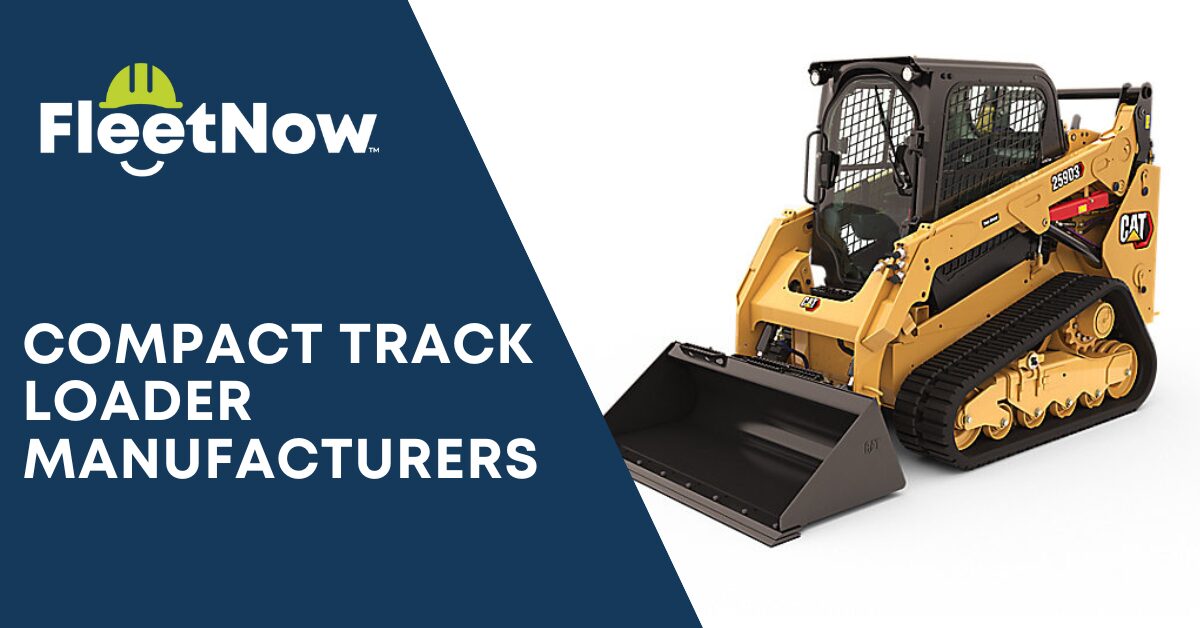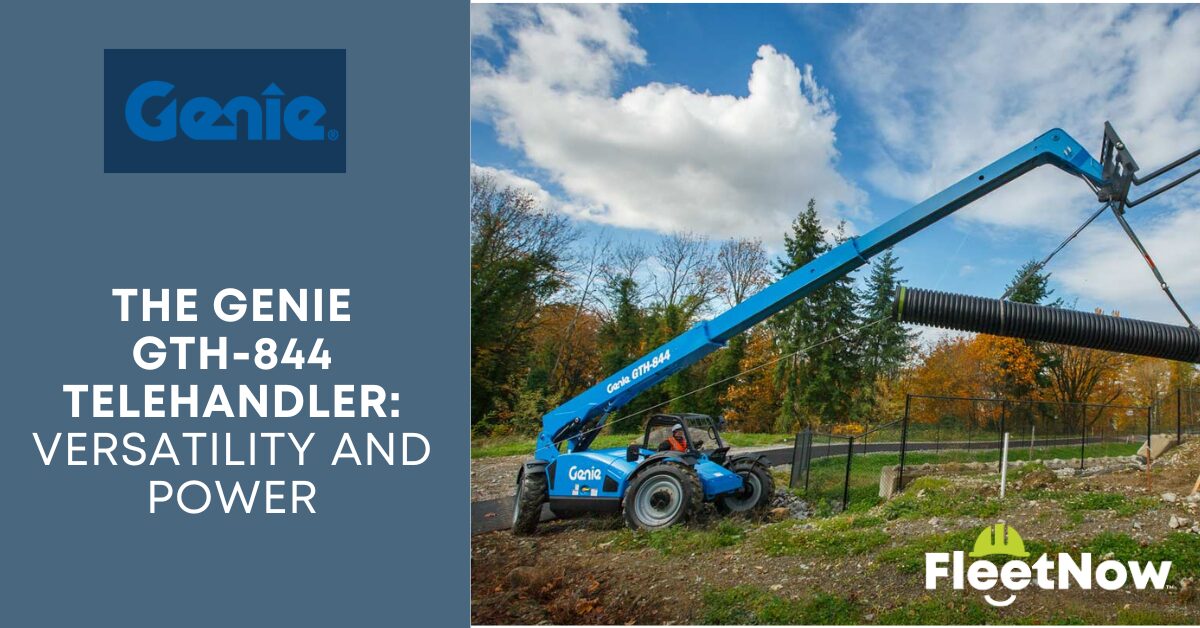Boom Lift Inspections: Boosting Safety
Boom lifts are indispensable in various industries, providing workers with the ability to reach high places safely and efficiently. However, the safe operation of these machines hinges on regular inspections. Boom lift inspections are important and significantly enhance safety.
Understanding Boom Lift Inspections
Boom lift inspections are systematic examinations conducted to ensure that all components of the lift are in optimal working condition. These inspections are crucial for identifying potential hazards and preventing accidents. There are several types of inspections:
- Pre-operation inspections: Conducted before each use.
- Routine inspections: Performed regularly, based on usage.
- Annual inspections: Comprehensive examinations required by regulatory bodies.
- Regulatory requirements and industry standards mandate these inspections to ensure worker safety and equipment reliability.
Key Components of Boom Lifts to Inspect
During an inspection, several critical components need thorough examination:
Hydraulic systems: Check for leaks, proper fluid levels, and function.
Electrical systems: Inspect wiring, connectors, and battery conditions.
Mechanical parts: Assess the condition of booms, platforms, and joints.
Safety devices: Ensure alarms, emergency stop buttons, and guardrails are functional.
Tires and wheels: Look for wear, proper inflation, and damage.
Control mechanisms: Verify that all controls respond correctly.
Steps for Conducting a Thorough Boom Lift Inspection
Pre-inspection preparation:
- Gather necessary tools and documentation.
- Ensure the inspector is qualified and trained.
- Step-by-step inspection process:
Visual inspection: Look for obvious signs of wear, damage, or leaks.
Functional tests: Operate the boom lift to check all functions and controls.
Check for wear and tear: Pay special attention to moving parts and connections.
Record and report findings: Document any issues and recommend actions.
Common Issues ands How to Address Them
Regular inspections often reveal common problems:
- Hydraulic leaks: Address promptly to prevent equipment failure.
- Electrical faults: Repair or replace faulty wiring and components.
- Structural damage: Reinforce or replace damaged parts.
- Malfunctioning controls: Ensure controls are repaired and calibrated.
- Promptly addressing these issues is crucial to maintain safety and functionality.
Benefits of Regular Boom Lift Inspections
Regular inspections offer numerous benefits:
Enhancing operator safety: Reduces the risk of accidents and injuries.
Prolonging equipment lifespan: Prevents minor issues from becoming major problems.
Improving operational efficiency: Minimizes downtime by catching problems early.
Ensuring compliance: Meets regulatory requirements, avoiding fines and legal issues.







